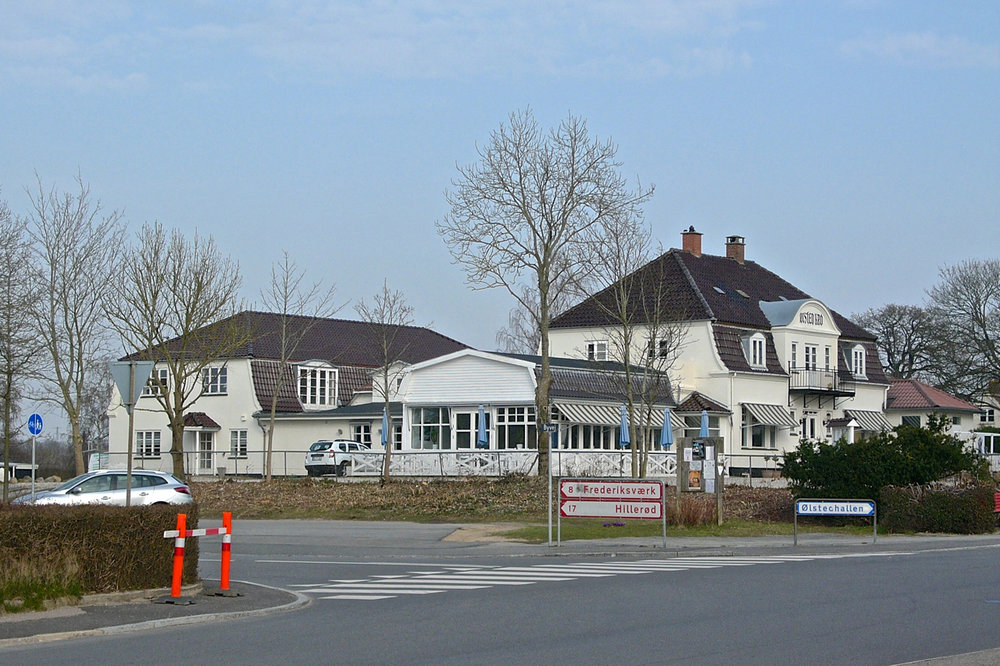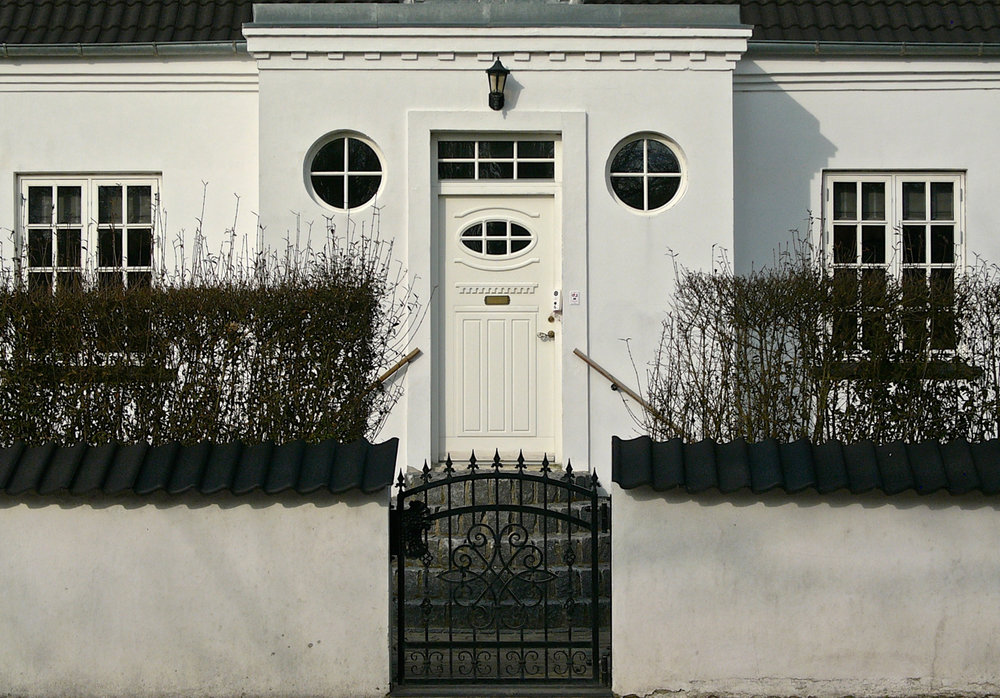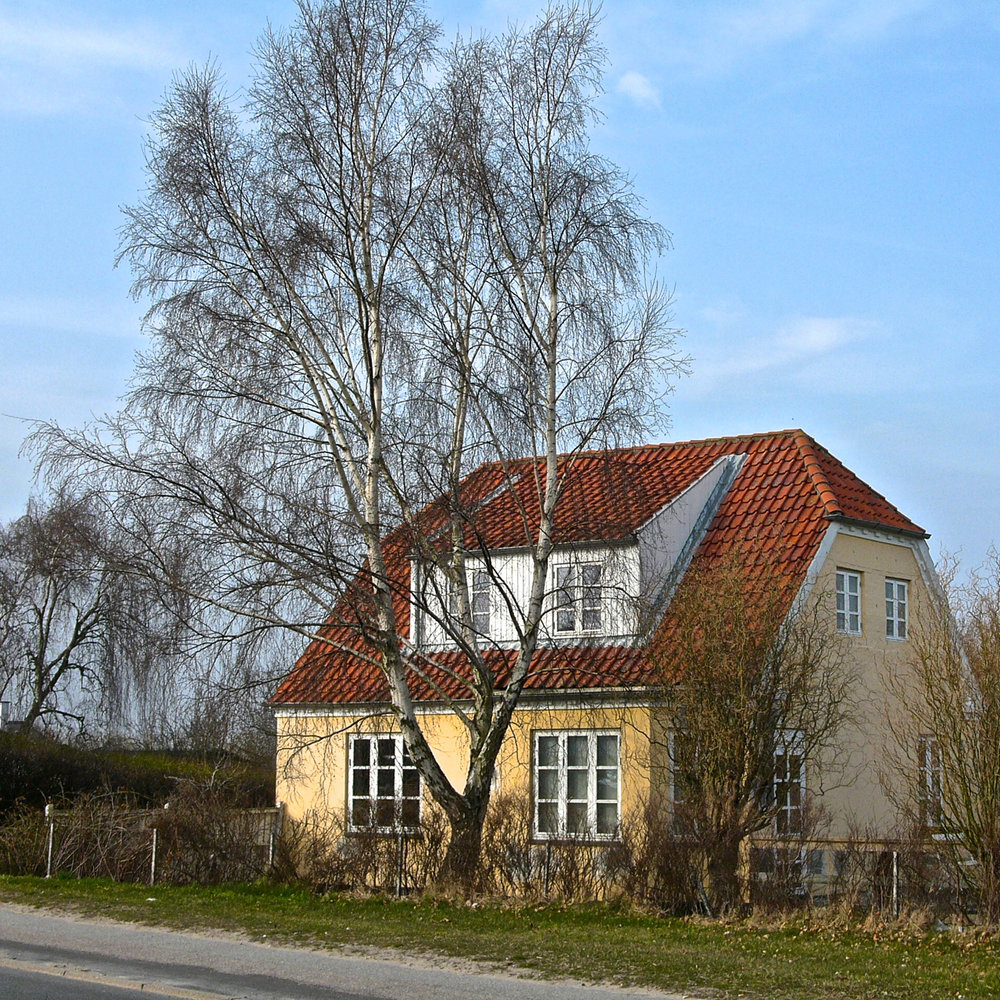
Having taken my Leica Digilux 2 out of winter hibernation the other day I decided to check the web to see if there was any more comment on this 2004 “compact” digital. I came across Mike’s article on Macfilos from 2013 (see link below).

I was struck by his “forget the specs, this camera is a joy to use” comment and I certainly cannot disagree. Indeed, reverting to my “DE” additional factor (“Delight in Equipment”) for Wayne Gerlach’s equation in his recent article, I would say that that factor is very high indeed with the Digilux 2.
It’s so tactile, so clear — and is there any other 5MP (yes, five megapixel) camera that produces such crystal clear images? I actually prefer the shooting experience to that of its descendant, the X Vario, although the latter allows more room for cropping, of course. Even so, I’ve done 50% crops from the Digilux with success for printing to A4.

Classic

It’s worth looking again at this camera that, if anything, has become a classic digital. It’s a clunky beast and no mistake, but it is possessed of a lens that is truly one of Leica’s finest achievements. If that lens were not firmly attached to a geriatric digital body it would be in rare demand.
As a combination, however, the excellence of the lens helps overcome the obvious shortcomings of the small 2/3in sensor and the paucity of pixels. However, while 2/3in is small by today’s standards, it was seen as more than adequate in 2004, certainly far larger than the tiny sensors featured in point-and-shoot digitals of the day.
When Mike did his article five years ago there was still a healthy market for the Digilux, almost ten years after its introduction. It was still fetching upwards of £700 in London — for a good example — and there was a steady demand. Inevitably, though, digital bits wear out and it is now difficult to find a replacement sensor should one be needed. It’s a common problem with all digitals.




Pick up an LTM Leica III from 1935 or an M3 from 1955 and a competent technician can fix most things. There are even stocks of spares for these mechanical cameras, way back to pre-war models.
With “ancient” digitals such as the Digilux, there was only so much stock of spare sensors and other electronic gubbins that the factory was able to keep. We’ve seen a similar problem with the later M8, the first rangefinder digital from Leica. While thousands of examples are still going strong, supplies of some spares — notably the rear screen — have dried up and this has dampened demand. The screen of the M8 has a reputation for “coffee staining” and, while it still soldiers on thus blemished, replacements are now virtually impossible to find.
As a result, it is now difficult to find M8s and Digilux 2s in stock at authorised dealers and you may have to look to the private market for a good example.

Obsolescence
Unfortunately, this digital obsolescence is something we have to learn to live with. It’s particularly troublesome when it comes to lenses which, in the past, have weathered the decades and are still perfectly usable. I’m thinking in particular of M glass. But all modern autofocus lenses are full of electronics to control the motor, the stabilisers and other functions. Without working electronics, these lenses will become nothing more than paperweights. Meanwhile, an M3 with 50mm Rigid Summicron will soldier on for the next few hundred years in the right hands.
Aware of the sensor difficulties with the Digilux 2, I actually bought a second camera with a Leica-replaced sensor to have in reserve should the worst happen! Absurd, of course, and perhaps especially so since both cameras are going strong, as strong as on the day they were born.

Fascination
Yet my fascination with the Digilux 2 burns strong. How can this be after all these years in such a fast-moving world of technology? Simply because the DL2 is a remarkable camera which is still a delight to use and which represented a milestone in Leica’s digital compact range. It is virtually the same camera as the Panasonic LC1, which is also still quite popular if you can find one, but it has a clear Leica influence and resembles more a Leica rangefinder than any of the then-current digital cameras of the early century.

With its chunky angular body and bold LEICA branding, the Digilux 2 still looks the part and no one outside our tight circle of aficionados would realise that it isn’t the latest from Wetzlar. Long live the Digilux 2 is all I can say. May its electronics survive just a little bit longer.
All images by John Nicholson with the 2004 Digilux 2
Our original article on the Digilux 2 from Macfilos in 2013
________________
- Subscribe to Macfilos for free updates on articles as they are published
- Want to make a comment on this article but having problems?

John , thank you for reminding me.
The photographer’s name was Clarence Bordreau and he had a violin business in Sidney on Vancouver Island on the west coast of Canada. I never met him but we corresponded regularly and he credited me through my Rolling Road blog with rekindling his interest in photography and his becoming the owner of a Digilux 1 and then a Digilux 2. He was a talented photographer. Sadly he died in 2015. The sad story of his passing and the way I found out along with some of his photos are on my blog at http://therollingroad.blogspot.com.au/2016/01/vale-clarence-bordreau.html
I also recollect that Pete Souza, the official White House photographer to Barack Obama also used a Digilux 2 in the early years of Obama’s presidency. Souza has recently published a best selling book of the Obama year’s photographs see https://www.bookdepository.com/Obama–An-Intimate-Portrait/9781846149641
I can’t remember his name but John Shingelton had a follower on the West Coast Canada, who was DL2 fan, but I remember his photos. You sir , like him make that camera sing!
Thank you and John S. for this. I looked up Clarence Bordreau and was delighted by his photos and to know that he was a DL2 fan!
I too had a D2 and some days I regret selling it, but then the sale partly financed my purchase of an M8 which led to the M9, etc. I remember the D2 had a superb lens with a max aperture of f2.0. I wonder some of the grief Leica endured over the Vario was because of that D2 lens?
We all have our leica stories! I think, Richard, the real reason for the difference in lenses is that the DL2 is only a 2/3 sensor whereas the XV is APS-C, and f2 for a 28-70 zoom would require an enormous lens by comparison. Peter Karbe, the desigener of the XV lens had a very good article in LFI about the constraints of image quality vis-a-vis aperture at the time the XV came out. One of the parameters he was blessed with was a vastly superior sensor in terms of noise, which made the (somewhat) smaller maximum aperture less of a disadvantage. You can google his article at Peter Karbe: A Look through the Vario-Elmar Lens: very illuminating. The real mistake Leica made with the XV was to tease it as a mini-M before launch. Expectations would have been much more positive if they had teased it as a maxi-X. I love both the DL2 and the XV.
A remarkable camera with an outstanding lens, capable even today of helping youngsters learn the basics of practical photography. The sensor of my D2 failed on the morning of the wedding of a family member who had asked me to do some reportage photography of his big event. A Penta K10D came to the rescue while my Digilux went back to Solms for a replacement sensor. Quite a few suffered sensor failure. Mine has worked well ever since and pictures produced with my Digilux continue to earn occasional royalties more than a decade since first bought.
Thanks John, A fascinating article. Kevin
Very high quality images from retro technology, John. Thanks for sharing, and reminding us that we don’t always need the latest and greatest to get good photos, especially in good light.
I do agree with Dave and Mike (below) that the Leica lens is a significant contributing factor to the quality. But don’t forget the pixel size – when the 5mp of this camera is all that you need, then the CCD sensor with its individual pixel size approaching that of even the latest Leica CL also becomes a key factor in image quality.
Well done reminding us of this great little blast from the past.
Hi John,
In this article you actually highlight something that bugs me about the modern era – and that is shortermalism with technology. In essence we move at such a pace that something built yesterday is forgotten tomorrow, not because we stop using it, but because manufacturers move on to produce newer technologies and end up catering for the current ranges, rather than older products. The old film camera’s had many similar parts to each other, but also a healthy line of patented manufactured parts that kept things afloat. But our digital beasts have elements in them that become out of fashion much quicker – so screens, sensors etc etc, and no one seems capable yet of building on demand.
It would be nice if some visionary would build a camera, where swapping the sensor as an upgrade, and maybe other elements as technology progressed. Naturally it won’t happen as that would eat in to their new camera profits, but hey its nice to dream.
Thank you for sharing your images – if it helps I still have apoint and click 6mb Nikon coolpix that works when required today.
Dave
An interesting point, Dave, and one which I’ve seen aired on many occasions. If any camera manufacturer could do this it would be Leica with the M, given that the ideal seems to keep the M3 size and image in perpetuity. Of course the big problem is that the electronics in modern devices are tightly packed — Apple’s ability to design irregular batteries to occupy every bit of spare space is an example. It is difficult to envisage how a future sensor, for instance, could be hooked up and fitted properly in an older camera. Components tend to get smaller and it is virtually impossible to anticipate the size and form of future sensors and other bits and pieces. But perhaps someone will do it eventually.
There is another issue, which John highlights in his article. Cameras such as the Digilux 2, X113 and the Q possess superb lenses that, in a system, could serve long into the future when bolted to a new body. In a way it is a waste of a good lens if the camera is shelved simply because the sensor is out of date.
I suspect that the fixed-lens Leicas I mention above, and also the X1/2, X-Vario, will enjoy a long life because their performance is more than adequate and they will always have that excellent glass in front. We have reached a stage in digital development where most modern cameras are capable of producing amazing results and these results will still be good in ten years’ time.
I agree with the points you make, however, a full frame sensor to my knowledge has to date always been the same size – I do accept that the chips around the sensor, power routing and circuitry might not be 100% supportive of advances behind the sensor. But it does suggest that some some cameras have the potential for sensor upgrades. And I agree if anyone could do it, then Leica could. An M with a potential sensor upgrade. amazing.
Mike, you are quite right about new sensors. Much of the electronics and probably all of the software would have to be redeveloped to accommodate a new sensor. On the other hand, much of the cost of development of a new camera, especially for Leica where the mechanical parts don’t change a lot, is in the engineering of the sensor and electronics. Once the design is complete and the masks are developed for the circuitry, the cost per unit can be reduced considerably by increasing the quantity of units produced. It would make sense for Leica to build far more sets of electronics than required by the expected sales and have spare parts that would last for 10 or 20 years.
If Leica was to make cameras easy to upgrade, then the camera body would have to be designed to allow extra space to allow changes of shape and type of components to fit into an older body. We all wanted to see the M10 return to the dimensions of the older M film bodies, so this becomes a case of "you can’t have your cake and eat it too". I’m happy that Leica chose to shoehorn a better sensor and much of the electronics from the M240 into a smaller body.
"..It would be nice if some visionary would build a camera, where swapping the sensor as an upgrade, and maybe other elements as technology progressed. Naturally it won’t happen as that would eat in to their new camera profits, but hey its nice to dream.."
You’re talking about the Ricoh GXR. One (..small..) camera body, and several interchangeable modules comprising a sensor with a lens matched to it. Oh, and the ‘A12’ unit, which was an APS sensor with no lens, but with an all-purpose Leica M mount.
That turned the GXR into a miniature – and much more versatile – M8. It was (is) a terrific little camera, but the longer lens modules (28-300mm equivalent) had smaller sensors than the Leica-fit APS module, and those smaller-sensor pictures couldn’t bear so much cropping ..but with a teeny 28-300mm lens, compared with the gigantic cast iron Canon 28-300mm, the little GXR had a lot of appeal. (Here’s a seven year old review from B&H: https://tinyurl.com/y87v9lnw )
Swapping just a sensor – without the ancillary electronics – would be unlikely to work: each sensor needs a dedicated CPU to handle the processing, needs dedicated programming to convert what it receives into a picture, needs dedicated onboard memory ..not just a memory card to save the picture info.
Of course, you could buy a sensor, and then swap the camera and lenses which you clip onto it! ..See the Kickstarter campaign for "I’m Back"! ..https://tinyurl.com/y92j93vq